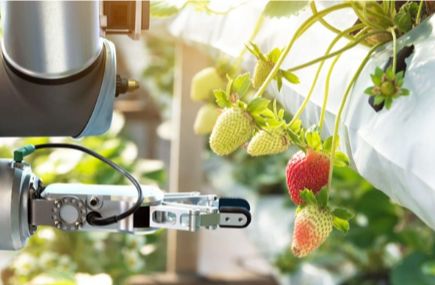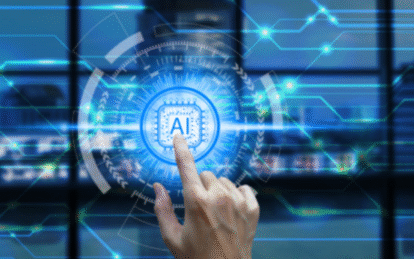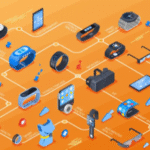Technology is reshaping food production through innovative methods that enhance efficiency and sustainability. Precision agriculture utilizes data analytics for better resource management, while vertical farming offers urban solutions to food scarcity. Artificial intelligence aids in crop monitoring and yield predictions, and blockchain technology enhances traceability and consumer trust. As these advancements unfold, their impact on global food systems raises critical questions about the future of agriculture and environmental stewardship. What comes next in this evolving landscape?
The Rise of Precision Agriculture
As the global demand for food continues to rise, the agricultural sector has increasingly turned to precision agriculture to enhance productivity and sustainability. This innovative approach leverages data analytics to inform decision-making processes, ensuring optimal resource management.
By utilizing advanced soil sensors, farmers can monitor soil health and moisture levels, leading to more precise irrigation and nutrient application. Crop monitoring technologies further enable yield optimization by providing real-time insights into plant health and growth conditions.
Additionally, weather forecasting tools assist agriculturalists in anticipating climate patterns, allowing for timely interventions that protect crops. Together, these technologies create a robust framework for modern farming, empowering producers to increase output while minimizing environmental impact, ultimately aligning with a vision of agricultural freedom and sustainability.
Read more: The Role of Technology in Fighting Climate Change
Vertical Farming: A Sustainable Solution
The evolution of agricultural practices has paved the way for innovative solutions like vertical farming, which addresses the pressing challenges of urbanization and food security.
This method utilizes hydroponic systems to maximize space and resources, enabling the cultivation of crops in multi-story structures. By integrating urban agriculture into metropolitan areas, vertical farming offers a sustainable alternative to traditional farming, reducing transportation costs and carbon footprints.
Furthermore, it allows for year-round production, independent of climate variations, ensuring a consistent food supply. With the capability to conserve water and eliminate pesticides, vertical farming not only promotes environmental responsibility but also enhances food accessibility in densely populated regions.
This innovative approach signifies a promising future for sustainable food production amid growing urban demands.
The Role of Artificial Intelligence in Farming
While traditional farming methods have served humanity for centuries, the integration of artificial intelligence (AI) into agriculture is revolutionizing the industry by enhancing efficiency and productivity.
AI technologies facilitate advanced crop monitoring, allowing farmers to track plant health and soil conditions in real-time. This data-driven approach enables precise interventions, optimizing resource use and minimizing waste.
Furthermore, AI enhances yield prediction models, providing farmers with accurate forecasts based on environmental variables and historical data. By harnessing these insights, producers can make informed decisions that maximize output while preserving ecological balance.
Ultimately, the adoption of AI in farming represents a significant leap towards sustainable practices, empowering farmers to achieve greater autonomy and success in a rapidly evolving agricultural landscape.
Blockchain Technology and Food Traceability
Although many consumers remain unaware of the complexities within the food supply chain, blockchain technology is emerging as a transformative tool for enhancing food traceability.
By securely recording every transaction in an immutable ledger, blockchain offers significant benefits, including increased transparency and accountability. This technology allows stakeholders—from farmers to consumers—to track the origin and journey of food products, addressing traceability challenges that have long plagued the industry.
As concerns about food safety and quality grow, blockchain provides a pathway for consumers to verify claims and make informed choices.
Ultimately, as adoption increases, the freedom of choice is empowered through enhanced information, fostering trust and resilience in the food supply chain.
Conclusion
In the grand tapestry of food production, technology emerges as the loom weaving sustainability and efficiency into the fabric of agriculture. Just as Prometheus brought fire to humanity, these innovations illuminate the path toward a future where resource management and yield optimization flourish. With precision agriculture, vertical farming, artificial intelligence, and blockchain at the helm, the industry is not only poised to meet burgeoning global demands but also to nurture the planet, ensuring nourishment for generations to come.




 The Growth of Smart Wearables in Fitness Tracking
The Growth of Smart Wearables in Fitness Tracking